How to fasten EYE BOLT?
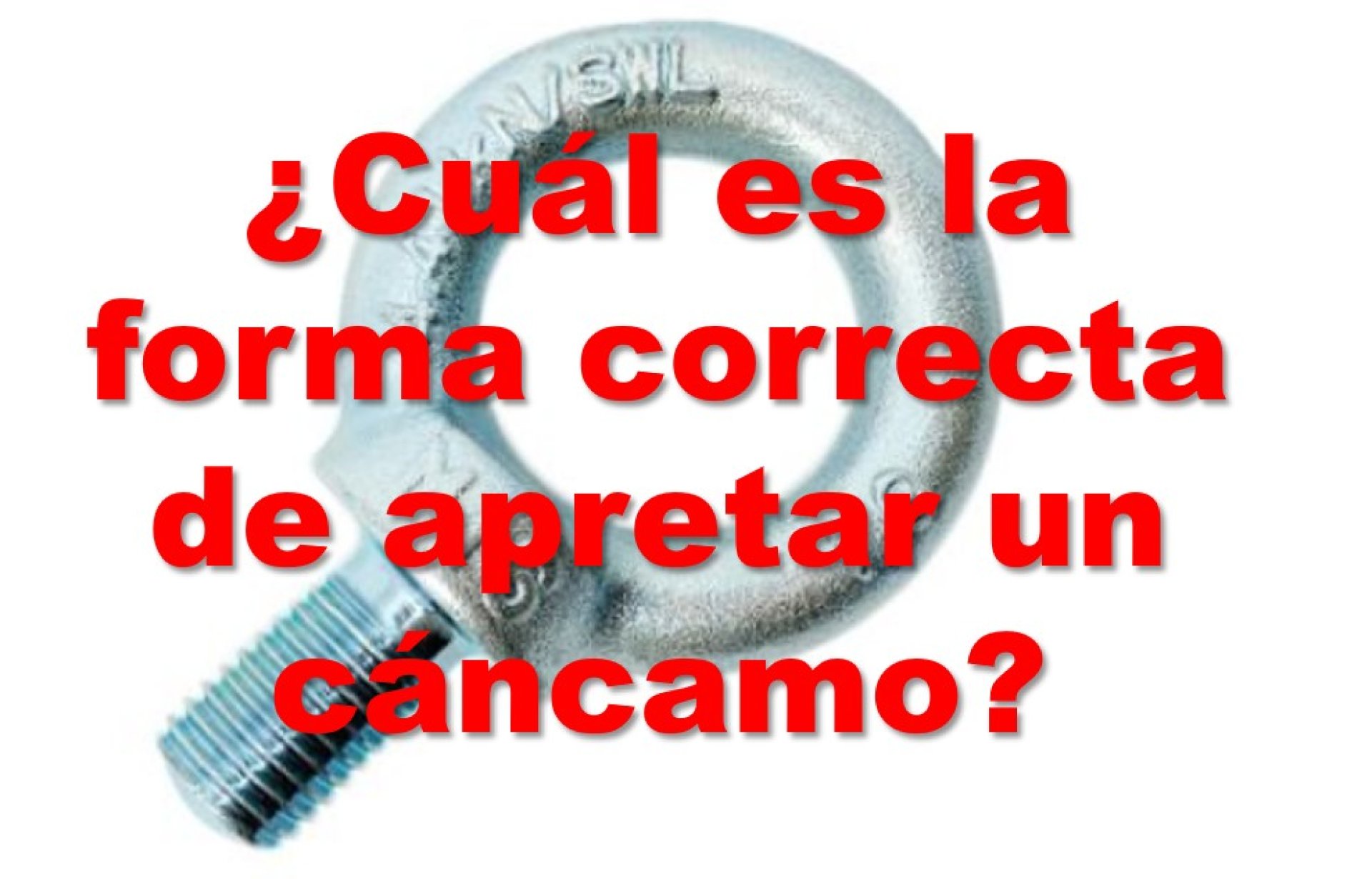

Today I would like to write about something I learned about eye bolts, which are used in great numbers in Mexico. I hope that it will be of some help to you in your manufacturing endeavors.
What is the correct way to tighten an eyebolt?
A customer asked us the following question:
"I've always wondered, is it okay to tighten eye bolts properly?"
As a screw maker, I was embarrassed that I couldn't answer the question. Eye bolts are not used for fastening things like hex bolts, but for hanging molds and equipment. When using two eye bolts for hanging something, the two eye bolts must be facing the same direction. This means that if you try to manage the torque like you would with a hex bolt, it's easy to imagine that the direction of the eye bolts will be different, but what is the correct way to tighten them? I couldn't answer that question.
So, we asked Mr. Yamamoto, president of Shizuka Sangyo Co., Ltd., an eye bolt manufacturer. His answer was,
1. Do not tighten the eye bolts with tools or other means.
Excessive tightening can cause torque breakdown and lead to breakage when lifting.
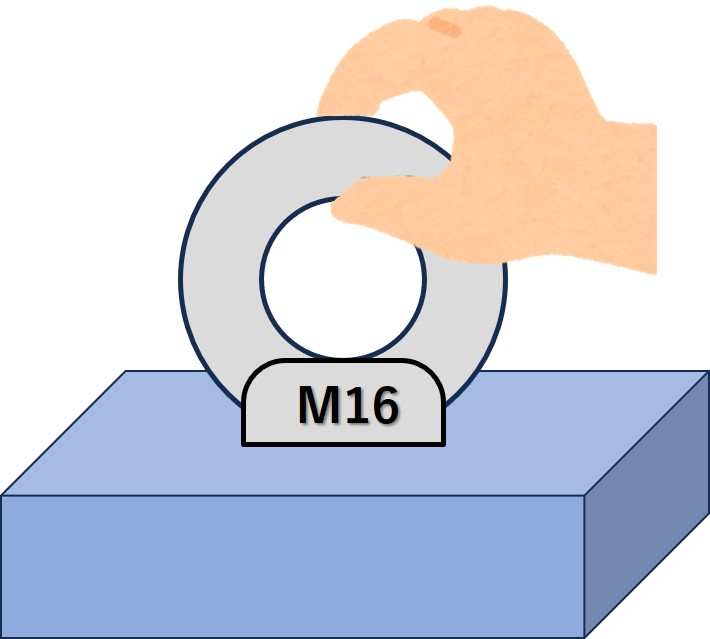
2. Make sure the eyebolt bearing surface and the surface of the object are in close contact with each other.
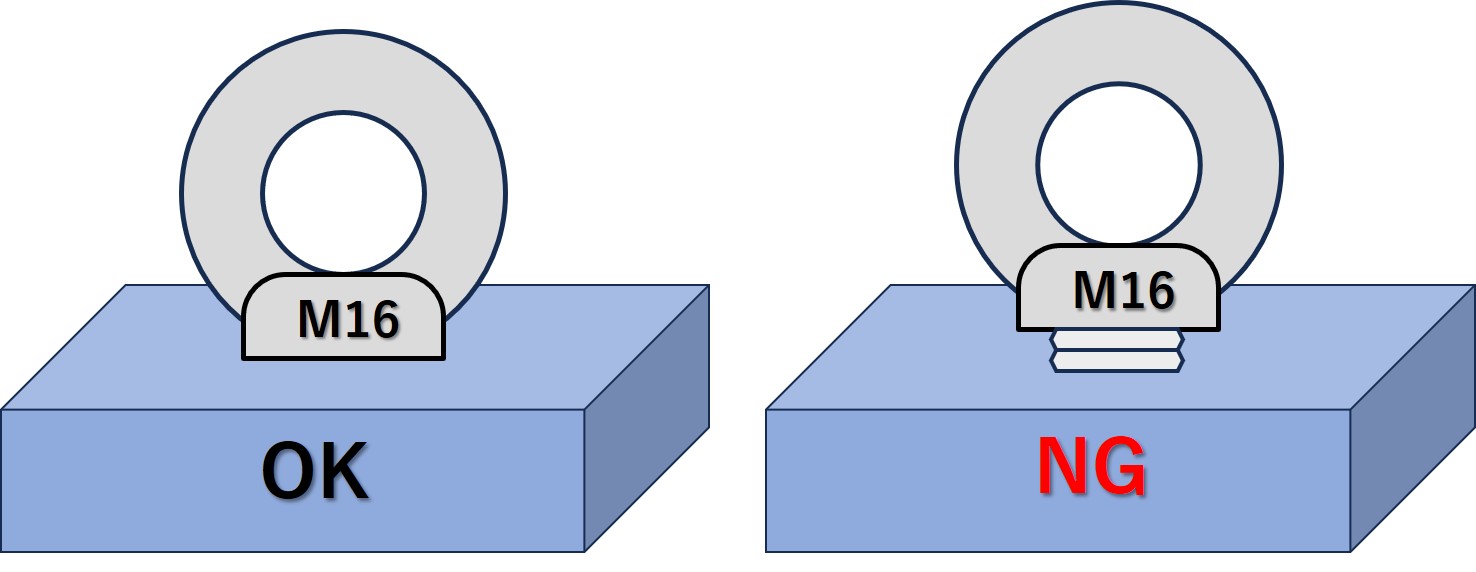
3. The rings of the two eyebolts must be facing in the same direction on the same plane. Either grind the bearing surface or use a washer to adjust them so that they face in the same direction.
That is what it means.
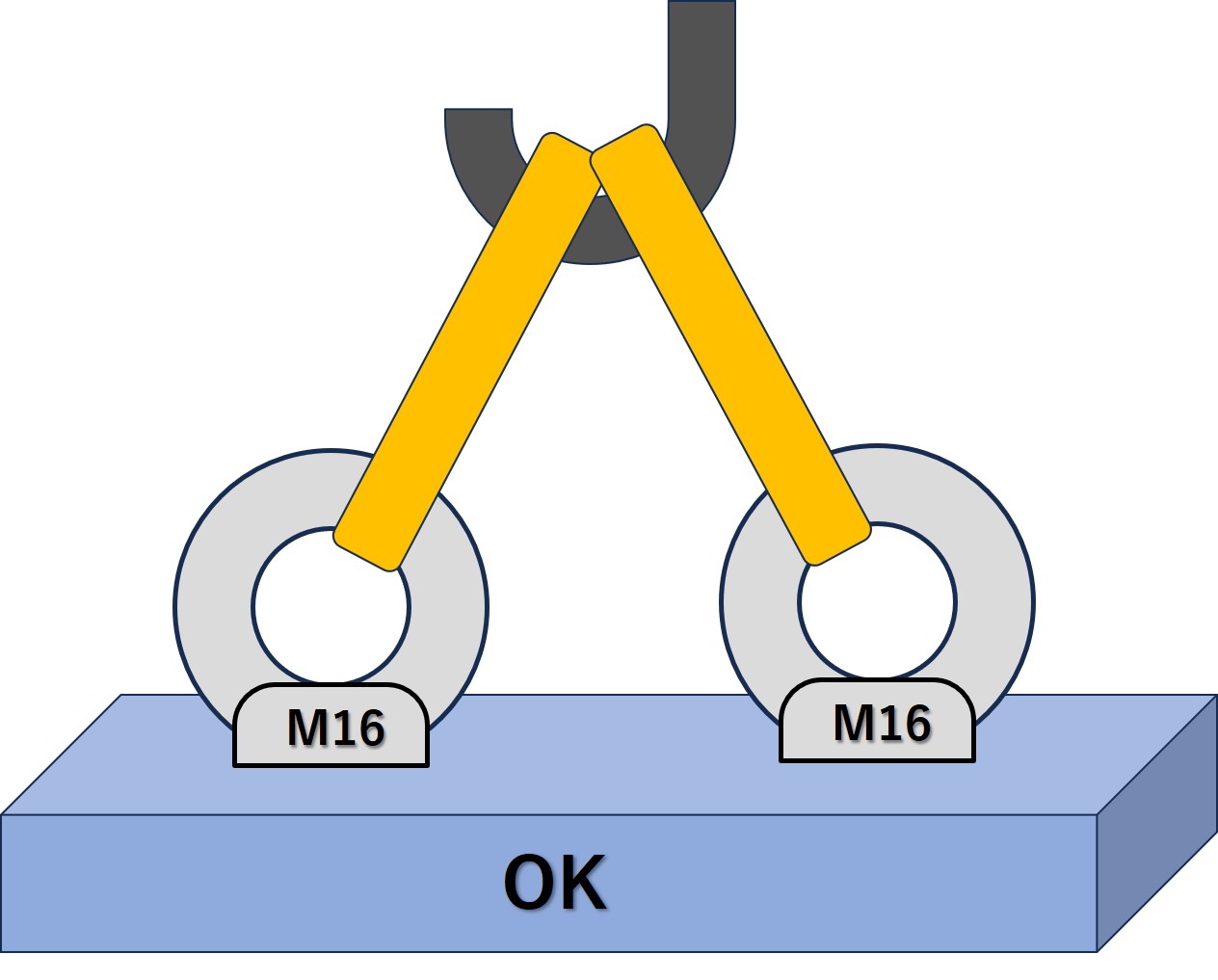
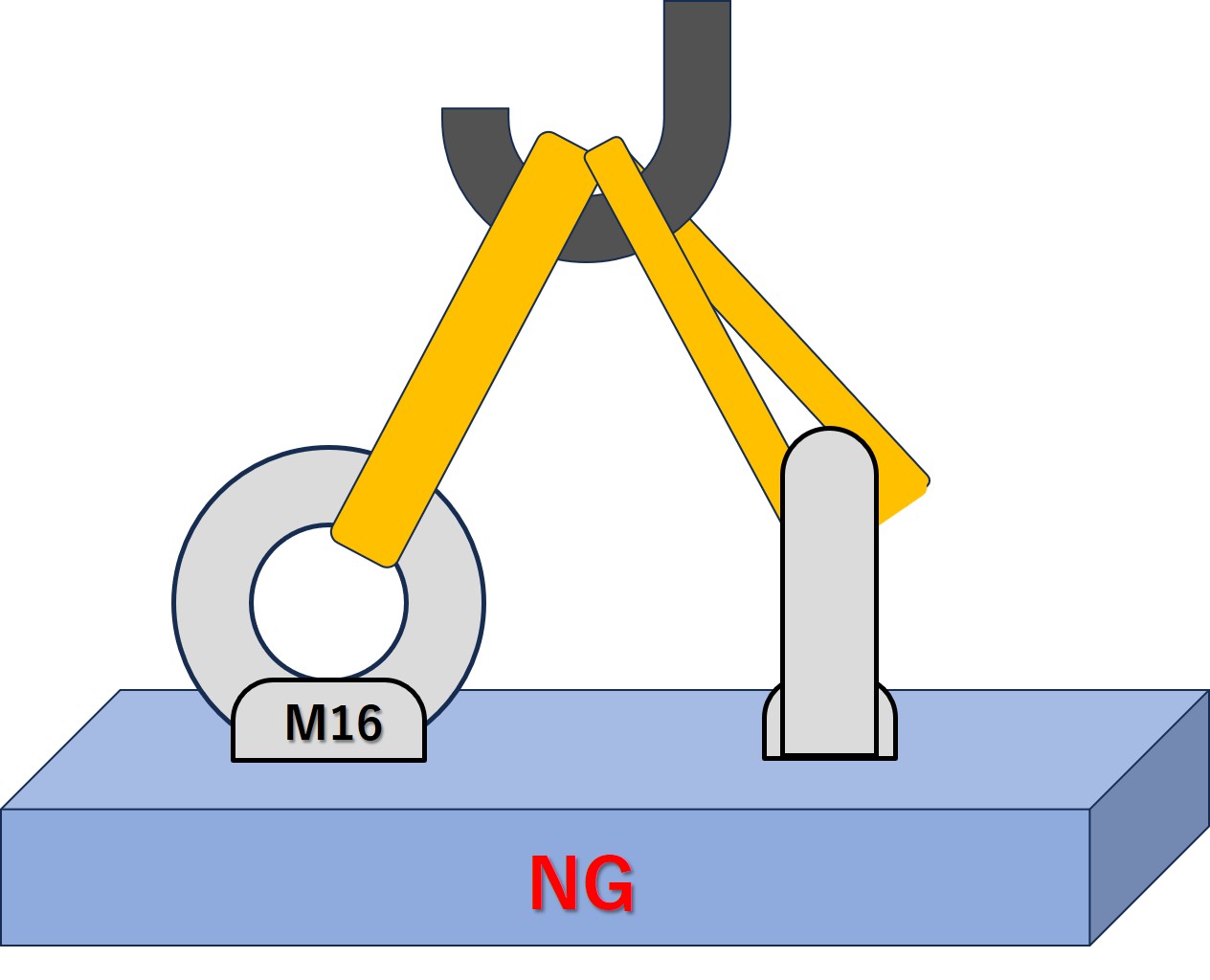
For more details, please refer to the Shizuka Sangyo website.
http://www.shizuka-eyebolt.co.jp/eyebolt-precautions.html
Eyebolts are extremely important safety parts!
What I learned from studying how to tighten eyebolts is that they are extremely important safety components. They must not be broken and cause an accident, so there are rules for how they should be handled , they are formed by hot die forging , and the materials and manufacturing methods are well thought out.
For example, the purpose of making the bearing surfaces tightly contact each other is that if there is even the slightest gap when trying to lift it, the tilting force will be applied to the threaded or recessed parts, which could cause damage. Also, the reason why the two bolts must be facing the same direction is that if they are not facing the same direction, there is a possibility that the bolts will rotate in a direction that loosens when lifted. If they loosen, the same thing will happen as mentioned above.
Furthermore, horizontal hanging is not mentioned in the current JIS standard. Therefore, manufacturers in Japan have announced that it is prohibited in principle . The reason is that eye bolts are designed to be pulled in the axial direction of the screw. If an eye bolt is attached to the side of a mold and hung, it will be pulled in the shear direction, and even a small load can cause it to break, leading to a serious accident, so it is basically prohibited. In terms of
strength, it is about one-third of that of vertical hanging.
Currently, Shizuka Sangyo is leading the effort to include a caution regarding horizontal hanging in the revised JIS standard for eye bolts.
Surprising! About the material of eye bolts
Eye bolts are generally made of ordinary steel such as SS400. Since they are used to hang heavy objects, you might think that it would be better to use alloy steel or carbon steel and harden it to make it stronger, but that would actually be a no-no.
The reason is to make it possible to visually check if the eye bolt is becoming worn. If hardened steel were used, it would not be possible to visually check if the eye bolt is becoming worn, and it could suddenly break, resulting in a major accident.
Shizuka Sangyo also offers high-strength S45C eye bolts, but they are only normalized to refine the structure, not hardened.
(This is necessary to warn users of the danger posed by eye bolt deformation due to overload.) As
an aside, SUS304 eye bolts are also available. While SUS304 is not specified as a material in the JIS standard, some distributors mistakenly believe that "eye bolts are cast metal" and
sell inexpensive cast products. However, cast products are brittle and very dangerous, so caution is advised.
Thank you for reading this long article! If you have any questions about eye bolts or other screws, please feel free to contact us.
